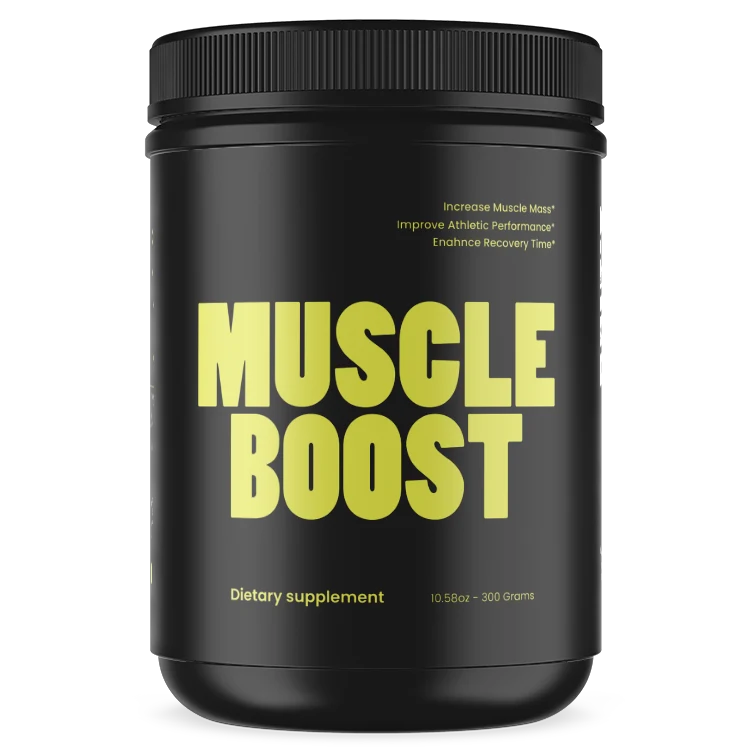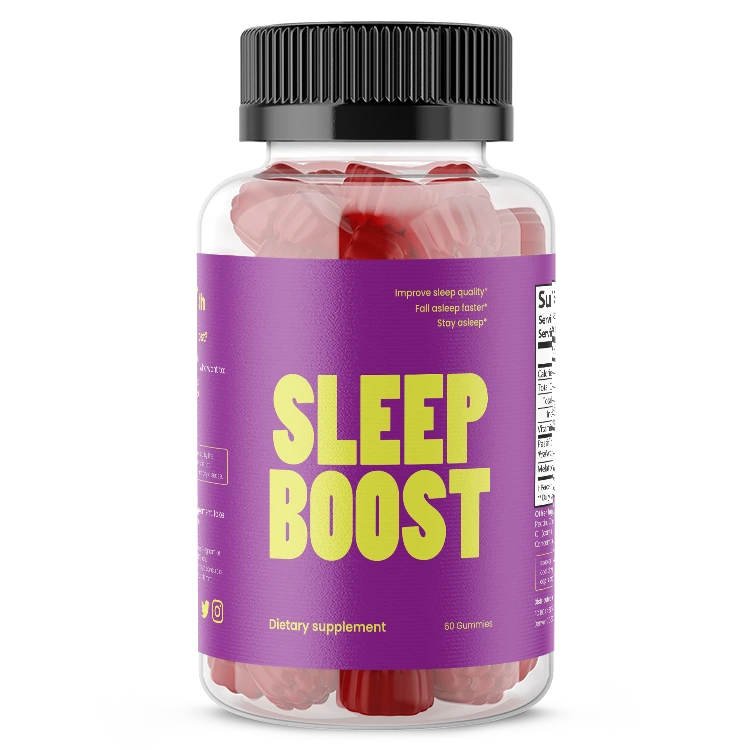Masturbation is a natural and common activity that plays a role in sexual development, self-exploration, and pleasure. While most people engage in masturbation in different ways, one form—known as prone masturbation—has garnered attention in discussions surrounding sexual health, particularly in relation to erectile dysfunction (ED) and orgasm difficulties. In this article, the VB Health medical experts look into what prone masturbation is, how it might affect sexual health, and the science behind what you can do if it becomes a concern.
What Is Prone Masturbation?
Prone masturbation refers to the act of masturbating while lying face down, often pressing or rubbing the penis against a mattress, pillow, or another surface rather than using the hands. The pressure and friction involved in prone masturbation are distinct from traditional hand-based techniques, and for some, it becomes a preferred or habitual form of self-pleasure. The unique physical stimulation it provides may come with potential sexual health implications.
How Prone Masturbation Might Affect Erectile Function
One of the main concerns about prone masturbation is its possible relationship with erectile dysfunction (ED). Erectile dysfunction is defined as the inability to achieve or maintain an erection sufficient for sexual intercourse, and its causes can be both psychological and physiological. Here’s how prone masturbation could be involved:
- High-Pressure Stimulation: The pressure applied during prone masturbation can be significantly greater than what would typically be experienced during penetrative sex. Over time, the body may become desensitized to lighter forms of stimulation, making it more difficult to get or maintain an erection with a partner.
- Conditioned Arousal Response: The brain is remarkably adaptable and can become conditioned to respond only to very specific types of stimulation. If prone masturbation becomes the primary way a person experiences sexual pleasure, their arousal response may become less sensitive to other forms of stimulation, contributing to erectile difficulties.
Research on this topic is still limited, but anecdotal reports from men experiencing ED suggest that modifying or reducing prone masturbation habits may actually improve their sexual function. A survey published in Sexual Medicine Reviews notes that individuals who struggle with partner-based arousal often cite unique masturbation techniques as a potential contributing factor. Masturbation in the most common sexual position, missionary, could help men become more comfortable in that position.
Orgasm and Prone Masturbation: The Impact on Sensitivity
In addition to affecting erectile function, prone masturbation may also influence how and when an orgasm is reached. Here’s how:
- Delayed Orgasm or Anorgasmia: The intense friction and pressure involved in prone masturbation can make it more difficult to achieve orgasm through other, less intense forms of stimulation. This can lead to delayed orgasm or an inability to orgasm (anorgasmia) during partnered sex, as the body has become accustomed to a higher threshold of stimulation. Cum control and edging allow more control over when you orgasm.
- Reduced Pleasure: Some men report that orgasms achieved through prone masturbation feel less satisfying or pleasurable compared to orgasms experienced with a partner. This could be due to a combination of physical desensitization and psychological factors related to habituation.
Treatment Options and Strategies
If prone masturbation is affecting your ability to experience satisfying sex or contributing to erectile dysfunction, there are several approaches you can consider to address the issue:
- Gradual Habit Change: Shifting away from prone masturbation techniques can be challenging, but it is often a crucial step. Gradually transitioning to lighter forms of self-stimulation that more closely mimic partner-based sex can help recondition your arousal response.
- Pelvic Floor Exercises: Strengthening the pelvic floor muscles can improve erectile function and sensitivity. Kegel exercises, which involve contracting and releasing the pelvic muscles, have been shown to enhance sexual performance and may be particularly helpful for men dealing with ED. Kegels can give you more control over your penis, even allowing some men to have a hands free orgasm.
- Sensate Focus Exercises: Sensate focus is a therapeutic technique used in sex therapy that encourages couples to explore non-genital touch in a relaxed, pressure-free environment. This can help re-establish physical and emotional intimacy while retraining the body to respond to different types of stimulation. This can increase sensitivity.
- Therapy and Counseling: If prone masturbation habits are deeply ingrained or associated with anxiety or shame, working with a certified sex therapist can be beneficial. A therapist can help address any psychological barriers and create a personalized plan to improve sexual health.
Masturbation and Sexual Health
Prone masturbation is a unique form of self-stimulation that, for some men, may have unintended consequences on erectile function and orgasm. The key points to consider include:
- Habituation: The body can become accustomed to specific forms of stimulation, potentially making it harder to experience arousal and orgasm with a partner. Too much masturbation can cause decreased testosterone.
- Erectile Dysfunction: High-pressure stimulation may desensitize the penis to gentler sensations, contributing to difficulty achieving or maintaining an erection during partnered sex.
- Treatment Options: Strategies such as altering masturbation habits, practicing pelvic floor exercises, and seeking therapy can help improve sexual health and satisfaction.




